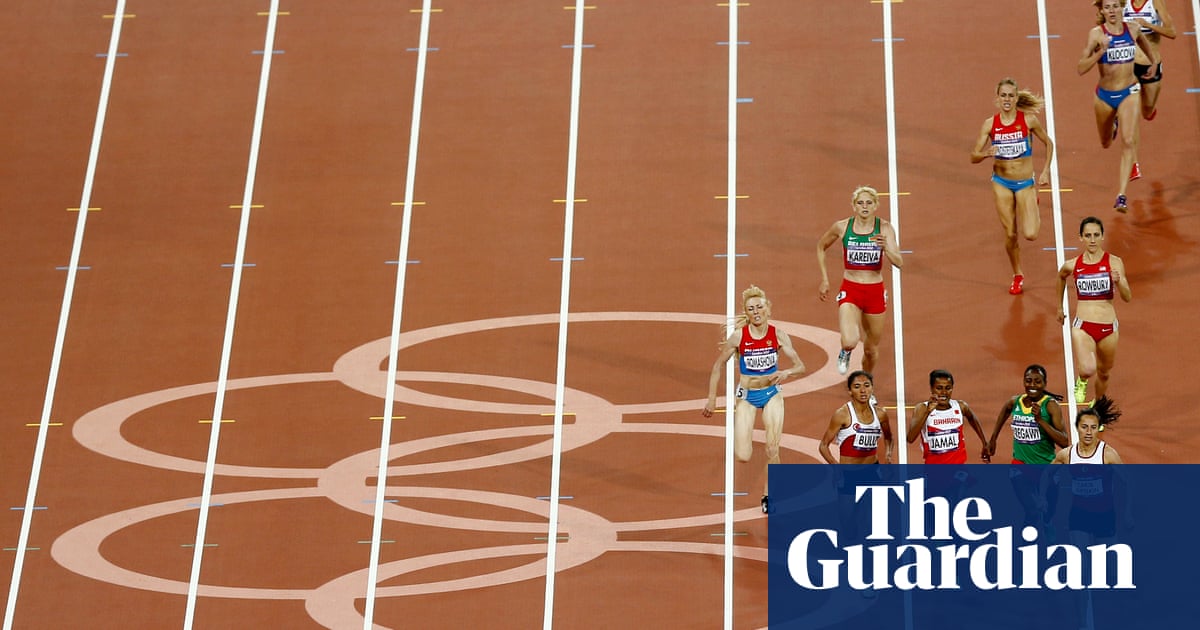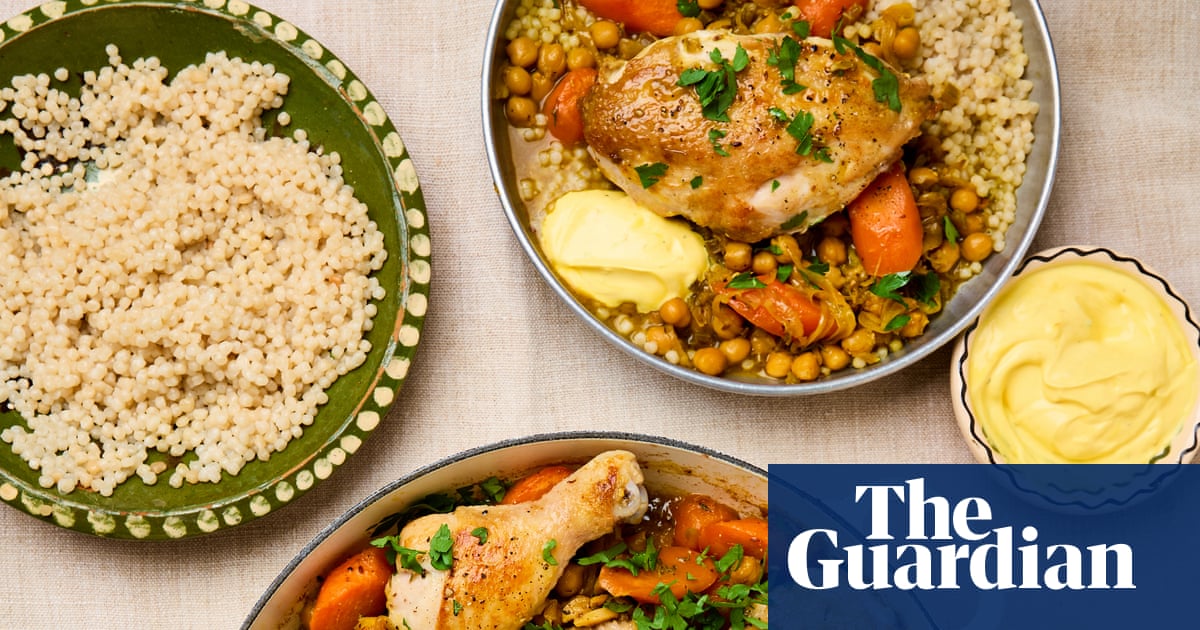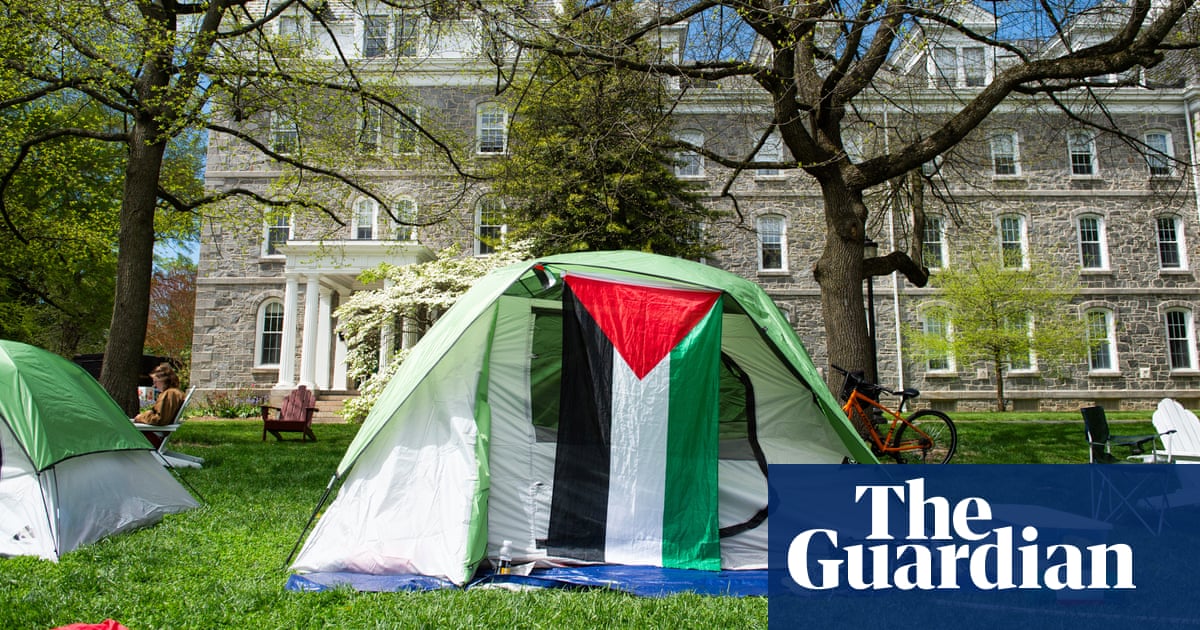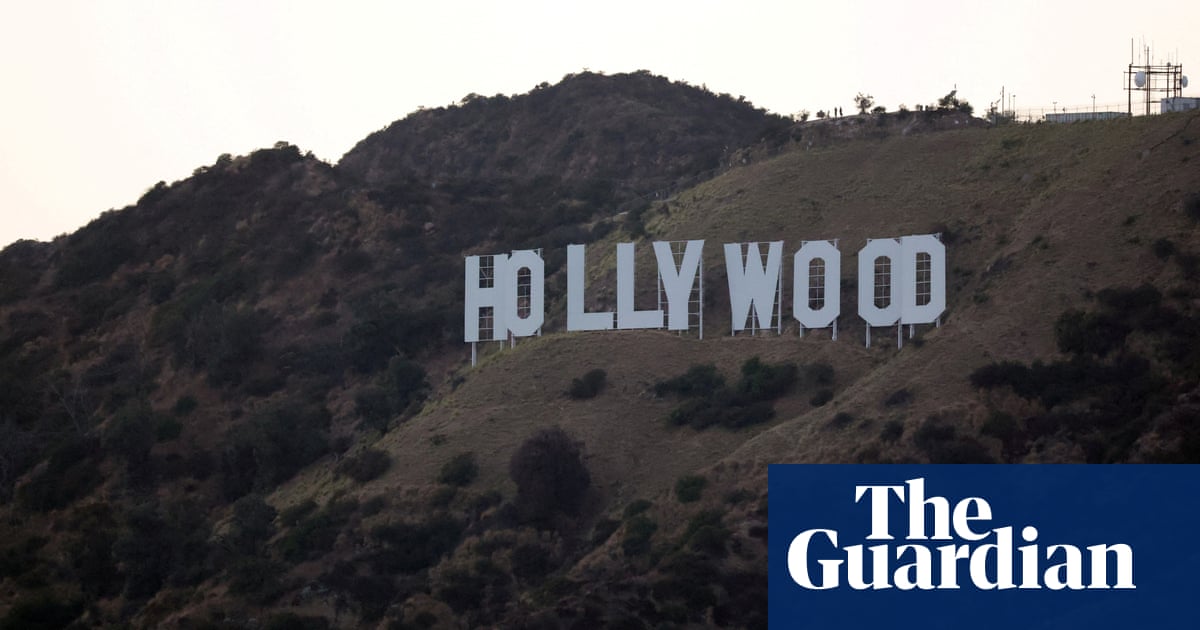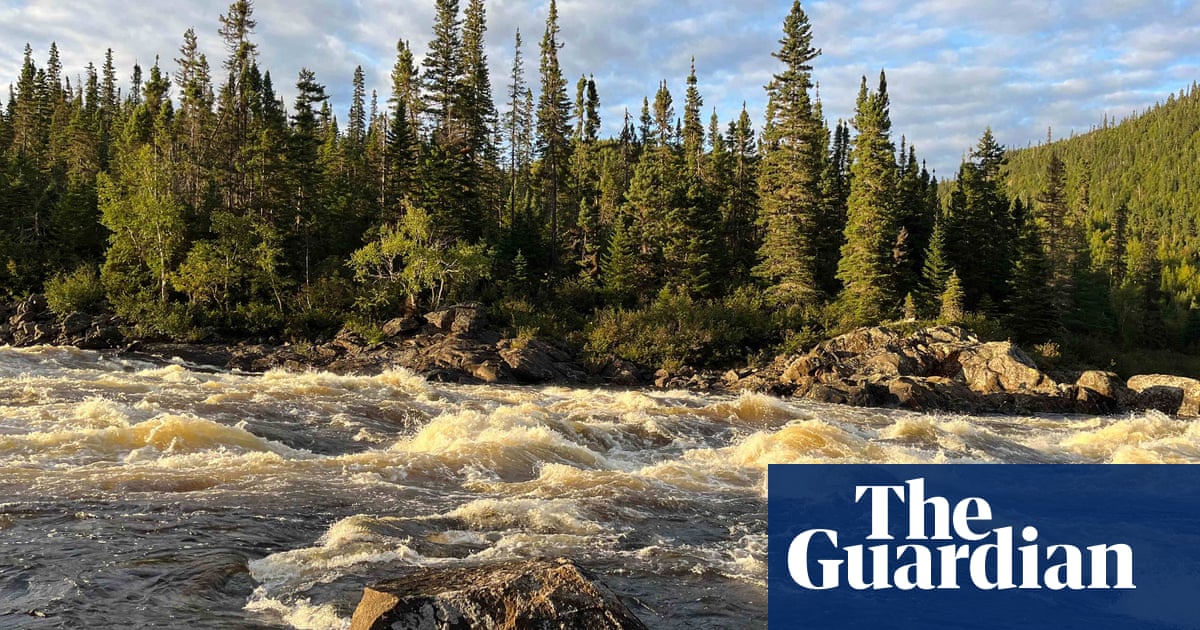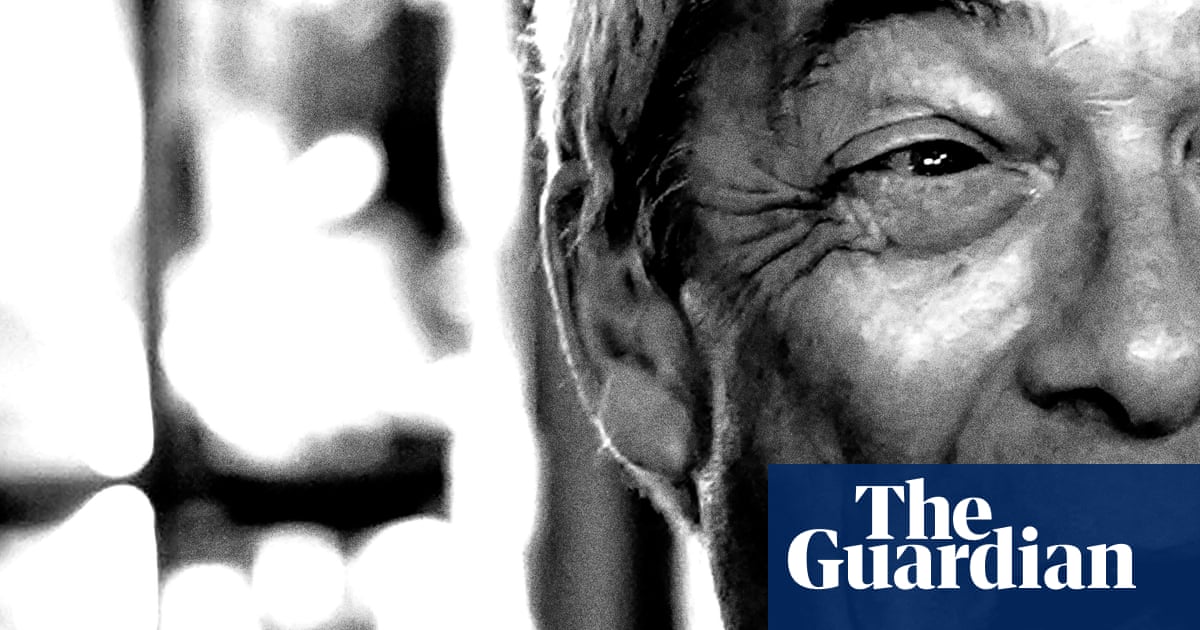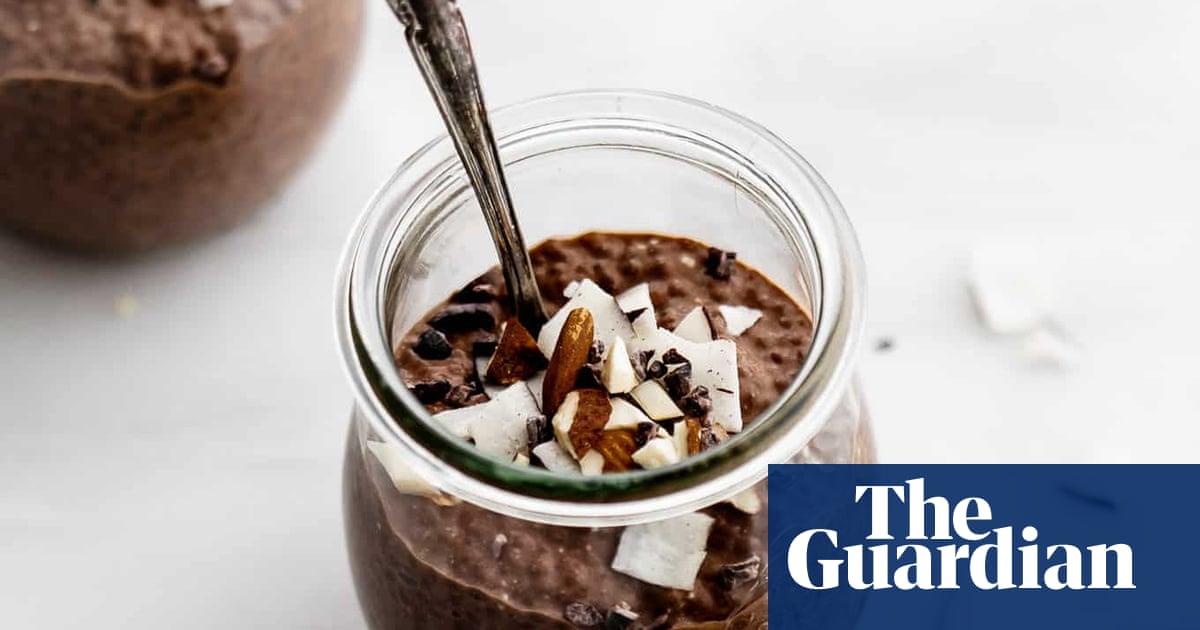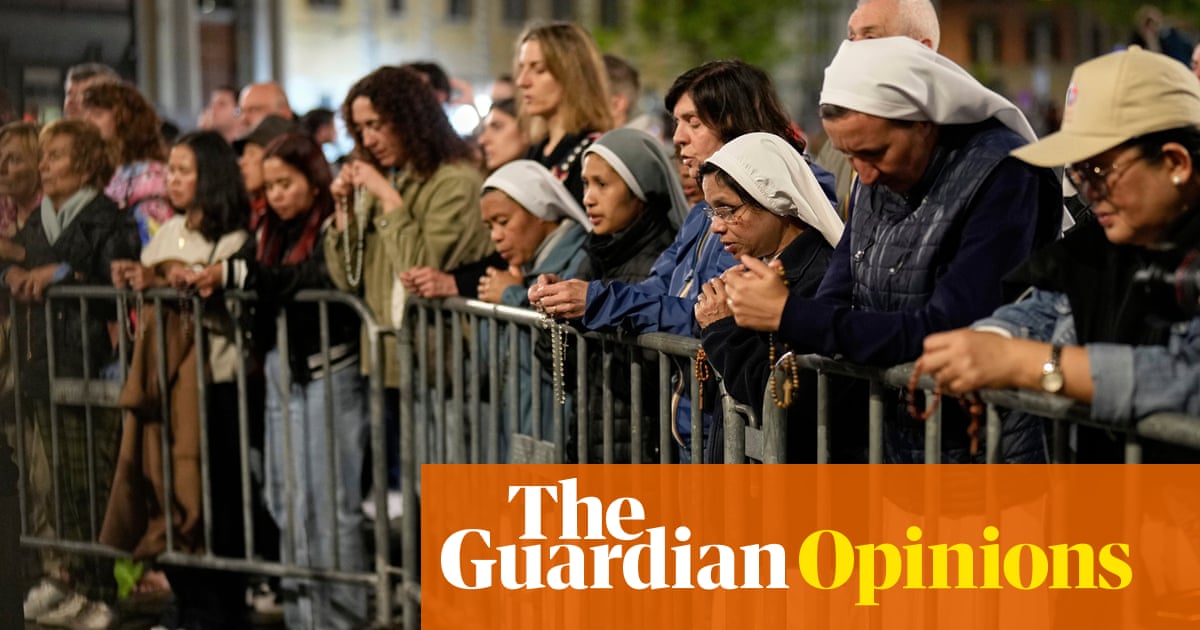‘I think this is as far as we can go,” I say, glancing down at the military post, barely 100 metres from the Zakagori Fortress, the forced endpoint of our day hike through the Truso valley in northern Georgia. Beyond the fortress lies disputed land, a seemingly endless expanse of yellowing pastures swelling beneath ice-capped peaks, where only a few wandering sheep dare to roam. Just beyond our line of sight is Russia.
We started our hike with a bumpy taxi ride to the abandoned village of Kvemo Okrokana, not far from our guesthouse in the town of Kazbegi. But in truth, our adventure began six weeks earlier at Leeds train station. From there, we hopped between trains, night buses and marshrutki (shared taxis) to reach this remote eastern edge of Europe.

The idea took shape a few months previously, when my partner and I quit our jobs, put our possessions in storage and began planning a year of travel. Overlanding had always been something I romanticised. I’d heard stories from family friends about jumping on a bus in London, winding through Yugoslavia, Iran and Afghanistan and India before alighting in Kathmandu. I wondered, in the 21st century, how far we could go without having to catch a plane?
On a map of Europe, I trace all the land routes we can take. We decide to seek the sun, travelling by train to Venice, before continuing east.

We book our train to London, then face our first hiccup: we’re on a tight budget and Eurostar tickets in late August are almost £200 each. So instead, we book a £34 night bus from London to Brussels. And so, a couple of weeks later we find ourselves wandering through an empty park in the Belgium capital at 6am, wearing our backpacks, feeling the weight of our decision.
It’s an anti-climactic beginning. We can’t check into our hostel for hours and only have a day to see the city. We wander sleepily through a free walking tour, spend our dinner budget on chocolate-smothered waffles, and settle into a local bar for the evening. The next day we take local trains into Germany, then a Nightjet rail service from Stuttgart to Venice.
We cross the Ponte della Libertà on to the islands of the historical centre as the sun rises, arriving in an almost deserted Venice. Light glints off weathered gondolas as we take in the stillness from the famous Ponte dell’Accademia. We have three days in the city and no desire to catch up on sleep. We swap train travel for the vaporetto water bus, stretch our legs walking around the tiny island of Sant’Elena, and sit on canal-side walls ordering cicchetti (small Venetian plates) and spritz. It feels as though the holiday has finally begun.

After racing through costly western Europe, it’s blissful to arrive in the Balkans. The next few weeks are coloured with late-summer sun, Slovenian lake swims and daily flakey burek (pastries). We do a day hike in the Julian Alps, stopping at a mountain hut for a divine plate of sweet cheese and berry dumplings.
As we venture deeper into eastern Europe, there’s less information online about cross-country travel routes, so we navigate schedules and language barriers at bustling transport hubs instead. At Belgrade station, we book a bed on the Montenegro Express night train to Bar, on the Adriatic coast of southern Montenegro. It takes 11 hours, costs about £20 and is as gorgeous as a night train gets. Despite the two chain-smoking babushkas on the bunks below us, we sleep, waking to the train winding through the Dinaric Alps at sunrise. I watch from bed as soft light spills into rocky, desolate valleys, brightening from blue to bronze.
Stari Bar, a few miles inland, gives us our first taste of Montenegro. For breakfast – fresh pomegranate juice and priganice, a Montenegrin fried bread served with seeded jams and crumbly sweet cheese. The views from the town’s old fortress are even more delicious. Montenegro has few train lines, so we hire a car to make the most of our time on the coast, and take a detour north. We navigate all 16 hairpin bends of the Kotor Serpentine Road for one of the best views of our whole trip, and dive into the bay by the azure-fringed village of Rose.
Back in Bar, we catch buses to Shkodër, where a grand new mosque behind the bus stop heralds our arrival in Albania, our first Muslim-majority country. We spend our time here in the mountains, hiking a gruelling but spectacular section of the Peaks of the Balkans trail between Valbonë and Theth. We rest in Theth on a homestay-farm, Bujtina Zemra Tradites, and enjoy the evening antics of the owners rounding up escaped sheep while we feast on pickled green tomatoes, white cheese and fresh kulaç soda bread. Life is slow and repetitive in these mountains, but it’s the rest we need before our next leg.

The lessons of the London-to-Brussels night bus are a distant memory by the time we arrive in Albania’s capital, Tirana, and book a 9pm journey to North Macedonia. A family has already made a bed in our seats when we board, and we awkwardly ask them to move. North Macedonia’s capital, Skopje, is reminiscent of a mini-Istanbul – defined by minarets, Turkish coffee shops and bazaars. Another bus takes us to Bulgaria’s capital, Sofia, with its jaw-dropping churches, rattling trams, and candlelit bars. From there, we board a night train to Istanbul. It’s a city I’m familiar with, and I delight in showing my partner the best spots for a menemen (Turkish scrambled eggs) breakfast, and the views from the Süleymaniye Mosque for lunch.
after newsletter promotion
Compared with the relatively small nations of Europe, Turkey seems like a daunting land to cross. A bullet train takes us to the capital, Ankara, followed by the blissfully slow and scenic 22-hour Doğu Express to eastern Turkey. A handful of other overlanders half-fill the sleeper carriage.
A Swiss couple are heading to Georgia on holiday, opting for trains instead of a flight. A veteran traveller tells me he’s going all the way to Singapore. I dive into the details – has he found a route we didn’t look at? He admits he’ll need to take a short flight into Russia or Azerbaijan. But, for the moment, we are all heading the same way – to the Georgian border.
What should have been an easy hop from Erzurum to the border turns into one of the most arduous days of the trip. The bus is stuck behind a landslide, and only after hours of clearing the road are we waved through past fallen rocks. At the border, we are pushed and shoved through passport control, alongside hundreds of young Turks heading to Batumi for a weekend of partying, then we run to catch the last minibus into the city.
We had crossed into Asia back at the Bosphorus strait, in Istanbul, but Georgia feels like stepping back into the Soviet-sprinkled culture of the Balkans. In Kutaisi, our homestay host, Giorgi, sits us down with glasses of Georgian wine and spends a few hours trying to persuade us his country invented the stuff. Not only is the wine fantastic, the food is also a wonderful surprise. We feast daily on adjarian khachapuri – a boat-shape bread filled with melted cheese, butter and an egg, alongside piles of crushed walnut salads.

After hiking through the valleys surrounding Mount Kazbek, we hurtle back down the mountain by marshrutka minibus to our last stop – Georgia’s capital. Tbilisi is a blend of crumbling faded glory and refreshing modern cool. This is the far edge of Europe and it’s clear from the pro-EU, anti-Russian graffiti that there is division – a detail I looked back on when the protests erupted following elections in October 2024.
By now, we know Georgia is our last country. Since the pandemic, the Azerbaijan land border has been closed, with no clear reopening date. Russia is red-listed by the Foreign Office, meaning even if we got the hard-to-obtain visa, we wouldn’t be covered by travel insurance. We could dip south to Armenia, but it would leave us surrounded by closed borders and fewer flight options. This is as far as we can go.
For over 3,000 miles, we embraced the freedom of the road and rails. Some of the most memorable moments of the journey – those divine dumplings at a mountain hut in Slovenia; that glorious night train ride from Serbia to Montenegro; the hike through Albania’s stretch of the Balkan peaks – were experiences I might never have encountered without the spirit of overlanding. It invites you to linger, guides you to unexpected places, and encourages you to heed the advice of local people and fellow travellers. Perhaps one day a hippy trail-style bus from London to Kathmandu will once again be an option, but for now, we board a plane to Nepal’s capital where a new adventure awaits.
The writer used the Man in Seat 61 website for planning and Omio for booking transport between cities, and the blog Wander-Lush as a resource for travelling in the Balkans and Georgia

.png) 6 hours ago
6
6 hours ago
6
